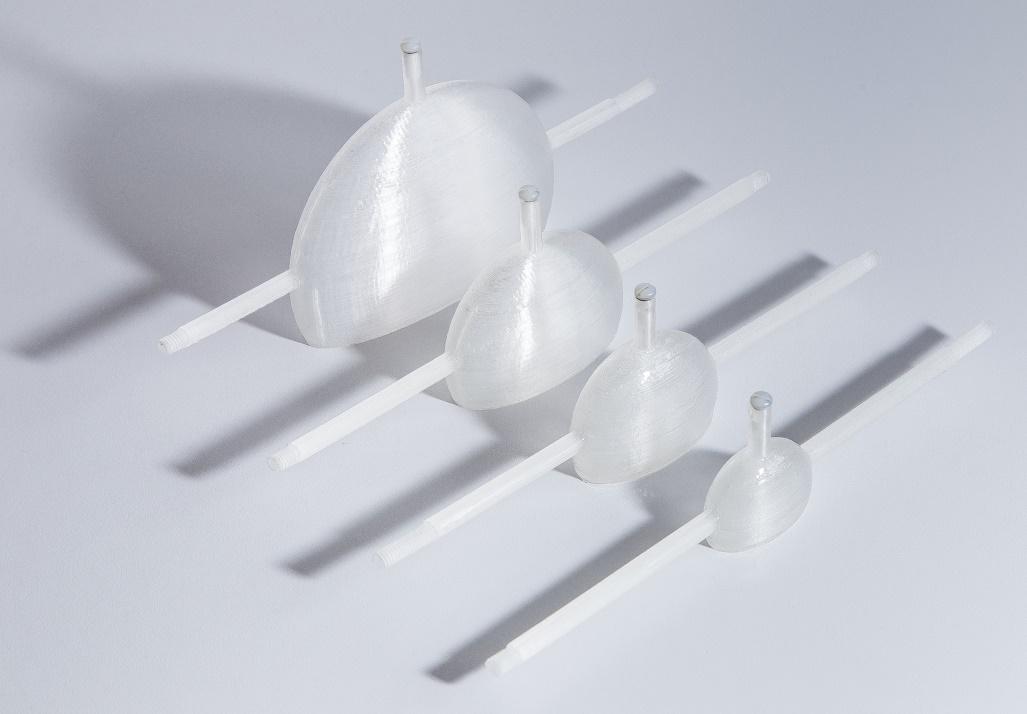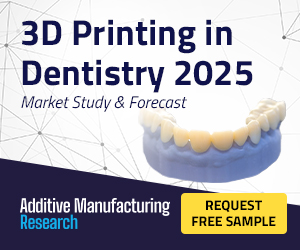 With certain diseases, you often hear people say that the treatment is worse than the disease itself, in terms of discomfort and pain. That’s particularly the case with cancer and the nausea caused by chemotherapy, and the side effects caused by radiation, especially in larger doses. Radiation carries its own risks, too, though in many cases it’s the only way to fully eradicate cancer. It’s important, therefore, that doctors are extremely careful in administering the correct dosage of radiation, which can vary from person to person.
With certain diseases, you often hear people say that the treatment is worse than the disease itself, in terms of discomfort and pain. That’s particularly the case with cancer and the nausea caused by chemotherapy, and the side effects caused by radiation, especially in larger doses. Radiation carries its own risks, too, though in many cases it’s the only way to fully eradicate cancer. It’s important, therefore, that doctors are extremely careful in administering the correct dosage of radiation, which can vary from person to person.
It can be difficult to determine the best dosage of radiation for each particular patient, but – say it with me – 3D printing can help! Researchers at the University of Würzburg have been using 3D printing to prototype kidney models, or kidney phantoms, of different shapes and sizes in order to assess how much radiation is needed for optimal imaging. The goal is to be able to develop patient-specific treatment, and kidneys were chosen for prototyping as they’re one of the highest-risk organs in radiation therapy and imaging.
“This research shows a way of producing inexpensive models of patient-specific organs/lesions for providing direct and patient-specific calibration constants,” said Johannes Tran-Gia, Ph.D., corresponding author on the study. “This is particularly important for imaging systems suffering from poor spatial resolution and ill-defined quantification, such as SPECT/CT.”
 A group of researchers in the UK performed a similar study earlier this year, using 3D printed organ models to determine the correct dose calibration for different organs using SPECT (Single Photon Emission Computed Tomography) imaging. In the new, kidney-specific study, University of Würzburg researchers 3D printed four kidneys of different sizes, representing a newborn, a one-year-old, a five-year-old and an adult. The kidney phantoms, with liquid volume capacities ranging from 8 mL (newborn) to 123 mL (adult) were 3D printed with a Renkforce RF1000 FDM printer in ExcelFil PLA filament, along with a set of spheres in the same sizes to determine if shape influenced the calibration constants at all.
A group of researchers in the UK performed a similar study earlier this year, using 3D printed organ models to determine the correct dose calibration for different organs using SPECT (Single Photon Emission Computed Tomography) imaging. In the new, kidney-specific study, University of Würzburg researchers 3D printed four kidneys of different sizes, representing a newborn, a one-year-old, a five-year-old and an adult. The kidney phantoms, with liquid volume capacities ranging from 8 mL (newborn) to 123 mL (adult) were 3D printed with a Renkforce RF1000 FDM printer in ExcelFil PLA filament, along with a set of spheres in the same sizes to determine if shape influenced the calibration constants at all.
The 3D printed phantoms were then used to test the accuracy of quantitative imaging for internal renal dosimetry. The study determined the proper nuclide-dependent SPECT/CT calibration factors for technetium-99m (Tc-99m), lutetium-177 (Lu-177), and iodine-131 (I-131).
“In this work, FDM 3D printing was successfully used to manufacture a set of refillable, waterproof, and chemically stable phantoms,” the researchers stated. “With a maximum volumetric deviation of about 6% between the CAD model and the final 3D object—even in case of the smallest kidney (volume, ;9 mL)—the printing accuracy was sufficient for SPECT/CT calibration measurements.”
The deviation, the researchers continued, was likely caused by the fact that the single-extruder printer required that the models be printed in two separate parts with supports, then glued together, an issue that could be eliminated with a dual-extruder 3D printer. Future studies may also involve more complex organ models, as well as other organs besides kidneys.
‟Although in our study the kidneys were modeled as a relatively simple one-compartment model, the study represents an important step towards a reliable determination of absorbed doses and, therefore, an individualized patient dosimetry of other critical organs in addition to kidneys,” said Dr. Tran-Gia.

SPECT/CT reconstructions and VOIs used for determination of calibration factors for the adult kidney filled with Lu-177 (A) and the corresponding sphere filled with I-131 (B)
Additional authors of the research paper, entitled “Design and Fabrication of Kidney Phantoms for Internal Radiation Dosimetry Using 3D Printing Technology,” include Susanne Schlögl and Michael Lassman. You can read the full study here. Discuss in the Kidney Phantoms forum at 3DPB.com.
[Images: University of Würzburg]Subscribe to Our Email Newsletter
Stay up-to-date on all the latest news from the 3D printing industry and receive information and offers from third party vendors.
Print Services
Upload your 3D Models and get them printed quickly and efficiently.
You May Also Like
Consolidation in AM: How 2025 Is Shaping the Industry’s New Normal
The first half of 2025 has been marked by a clear shift in the additive manufacturing (AM) industry. Companies are no longer just focused on developing new tech by themselves....
Etsy Design Rule Change Reduces Selection of 3D Printed Goods
Online marketplace Etsy has implemented a rule change requiring all 3D printed goods on the site to be original designs. The update to the site’s Creativity Standards states, ¨Items produced using...
U.S. Congress Calls Out 3D Printing in Proposal for Commercial Reserve Manufacturing Network
Last week, the U.S. House of Representatives’ Appropriations Committee moved the FY 2026 defense bill forward to the House floor. Included in the legislation is a $131 million proposal for...
Transforming From Tourist to Native: Duro CEO Michael Corr Explains Why the Company Rebuilt its PLM Software on AI
In these early innings of the AI boom, many market analysts have expressed concern that AI spend has gotten too far ahead of the technology’s proven ability to deliver significant...

































